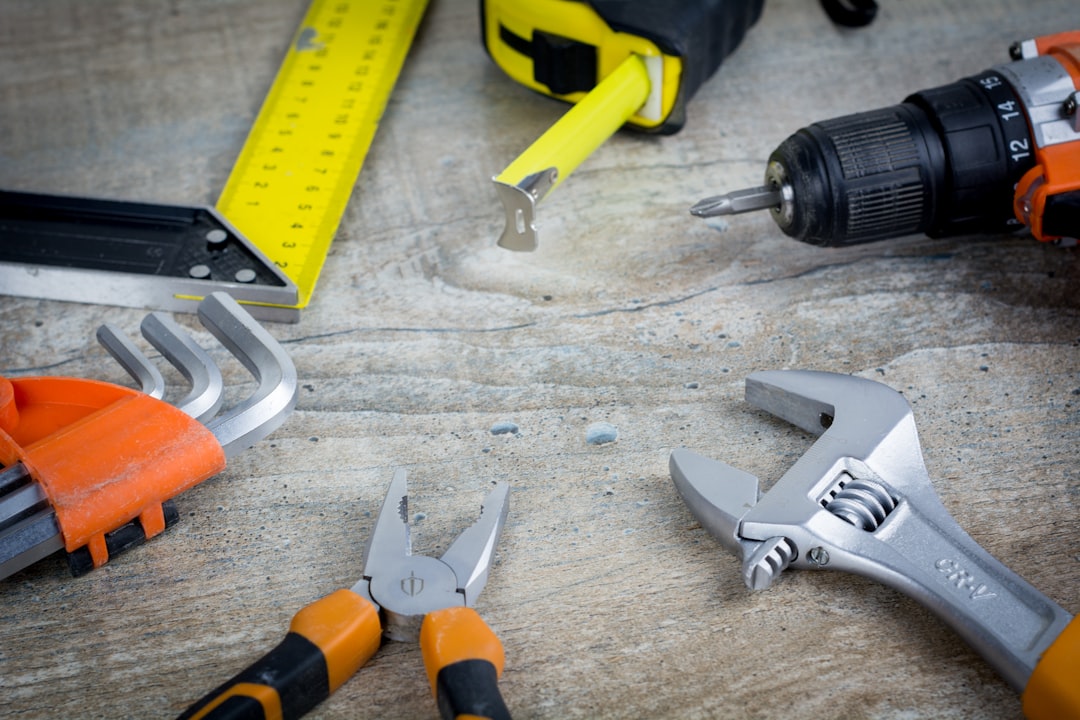Pull up a chair, my friend, let’s talk real money talk—none of that dry, impersonal jargon. Last week was a doozy for my pal Sam. Picture this: he’s cruising along, content, when bam! His car’s transmission throws a tantrum to the tune of $3,200. As if the car gods hadn’t frowned enough, the landlord decided to throw a $150 rent hike into the mix. Oh, and for the cherry on top? Monday brought whispers of layoffs at his job. Talk about a financial hurricane, right?
Yet, there was Sam, cool as a cucumber. Why, you ask? His secret weapon: a rock-solid emergency fund. “I used to think these funds were just fairy tales spun by finance gurus,” Sam confessed over coffee. “Turns out, it’s the life raft that keeps you afloat while the Titanic sinks around you.”
Here’s a sobering stat: the Federal Reserve tells us a whopping 37% of Americans would struggle to scrape up $400 in a crunch without selling their soul or their sofa. This is why your rainy-day fund isn’t just nice to have; it’s a must-have.
Why an emergency fund, though? It’s your financial bunker, shielding you from the shrapnel of unexpected expenses and income droughts. Without it, even small financial shocks can push you into the quagmire of high-interest debt, or worse, force you to make choices that could haunt your financial dreams for years.
Now, how hefty should this financial safety net be? Forget the old “3-6 months” rule of thumb. That’s too cookie-cutter. Your life isn’t a one-size-fits-all, so why should your emergency fund be? Instead, think about what keeps you up at night: Is your job about as stable as a house of cards? Are you the sole breadwinner? What are your bare-bones monthly costs?
To get down to brass tacks, start by calculating your essential expenses: rent, utilities, the basics for belly-filling, and getting yourself to work. From there, assess your personal ‘financial fragility’—factors like job security, industry volatility, and whether your skills could become outdated faster than last year’s smartphone model.
Where should you stash this cash? Liquidity is key. You want parts of your fund accessible faster than you can say ‘financial fiasco’, with the rest tucked away safely, growing just enough to keep pace with inflation but ready when you need it.
Consider a tiered strategy for your emergency fund:
– Tier 1: Quick cash, say a month’s expenses in a high-yield savings account.
– Tier 2: Short-term stash, perhaps in CDs or Treasury bills.
– Tier 3: The back-up brigade, with options like I-Bonds or short-term bond funds.
Starting from scratch? Automation is your friend. Set up your banking to shove 10% of every paycheck into your emergency fund automatically. Treat any windfalls as an emergency fund booster shot—stash 90% of that unexpected cash windfall.
And when to use this fund? Only true emergencies—job loss, essential home repairs, unexpected medical expenses, or any curveball life throws that could financially kneecap you if unprepared.
What’s the bottom line here? An emergency fund isn’t just about surviving; it’s about thriving. It’s the confidence to make bold moves, to leap at opportunities without that nagging fear of ‘What if?’
As for Sam, post-crisis, he’s more a believer than ever. “It’s not just a buffer,” he told me, shaking his head. “It’s freedom.” And in this unpredictable financial landscape, who doesn’t want a bit more of that?




